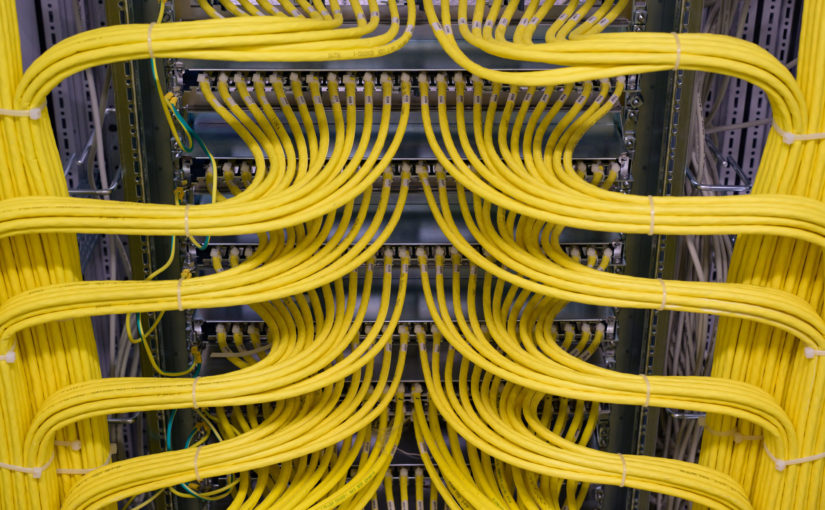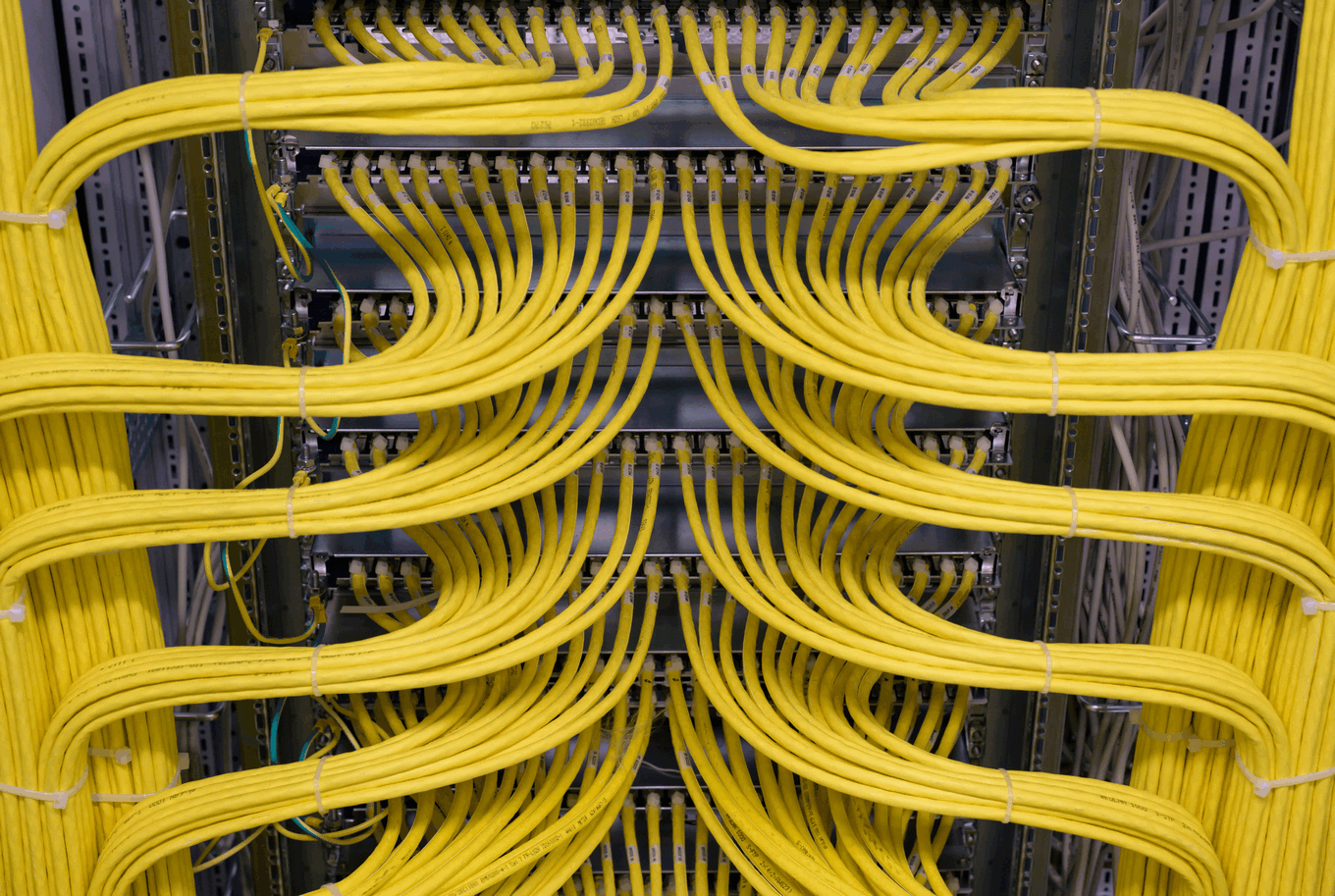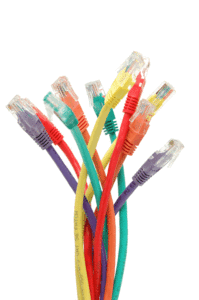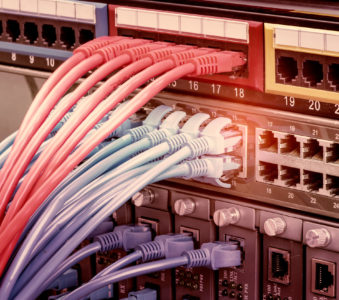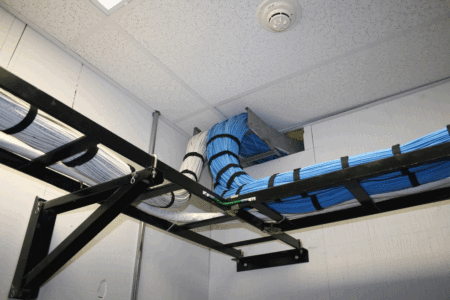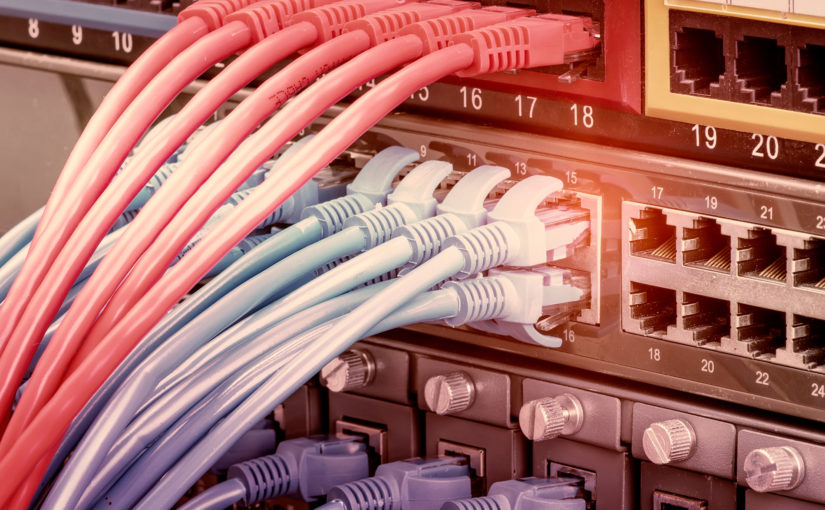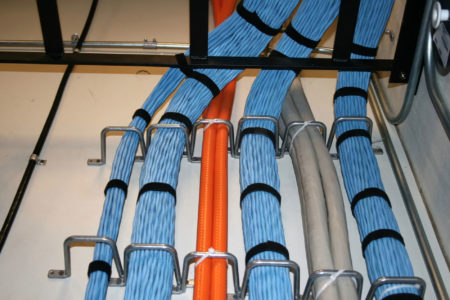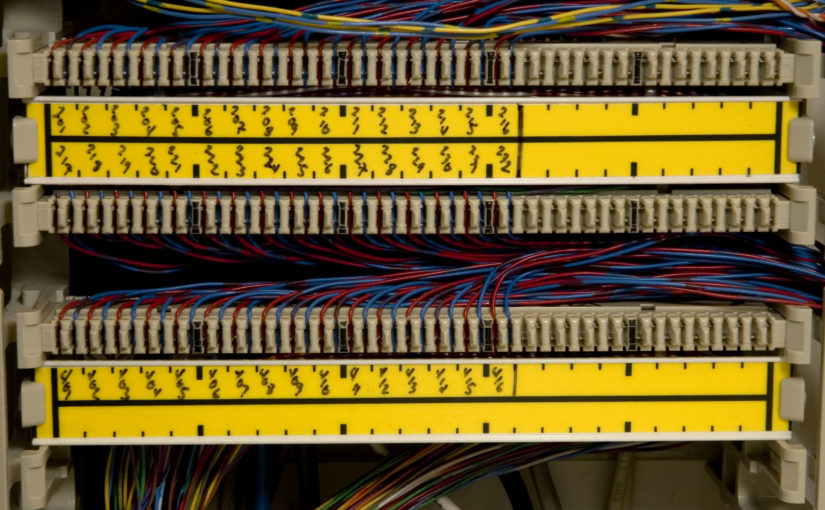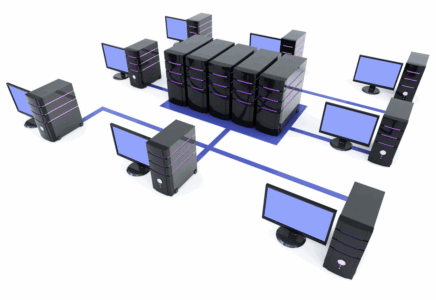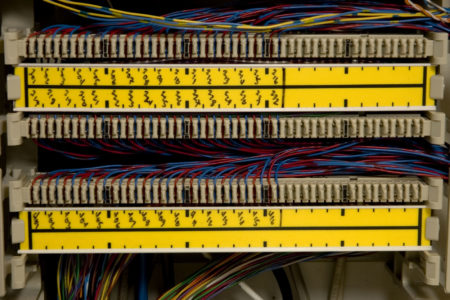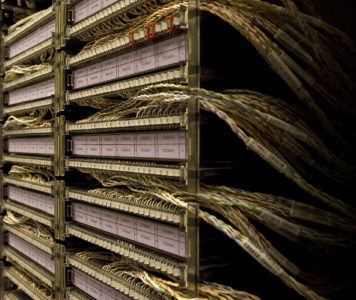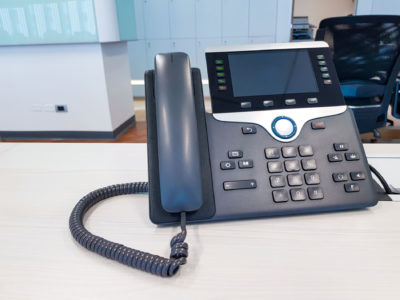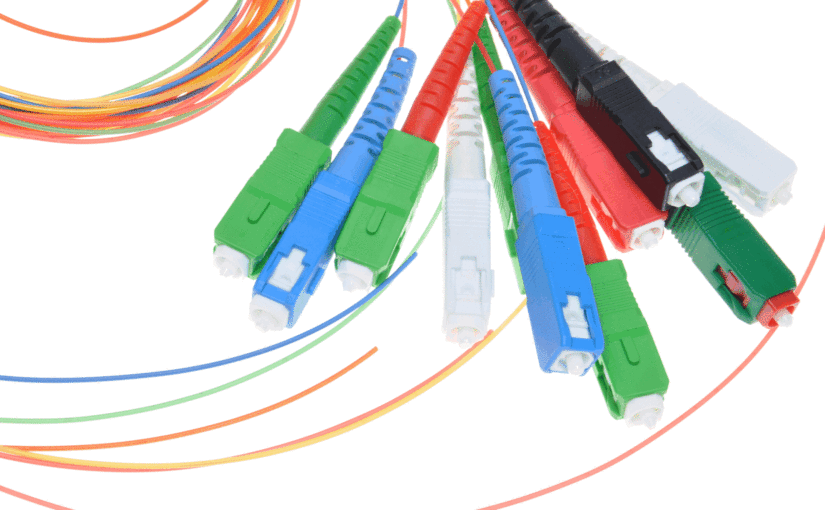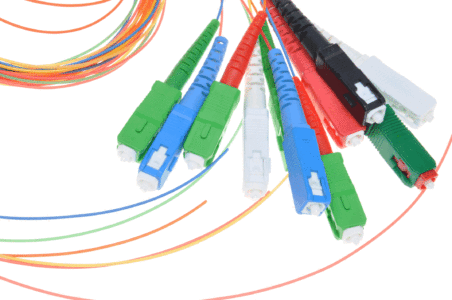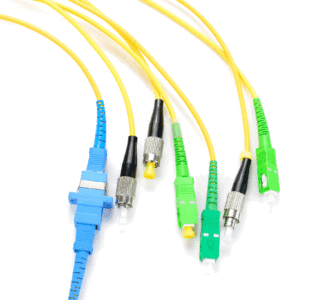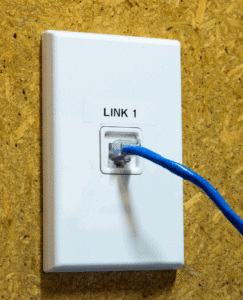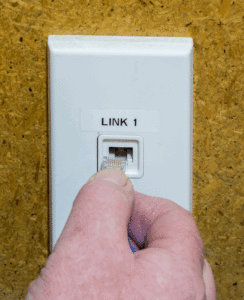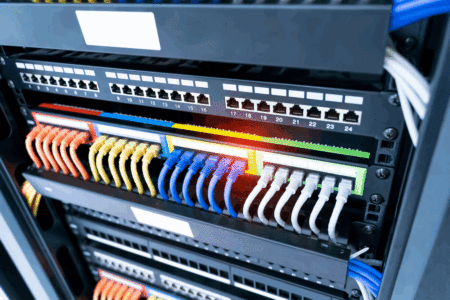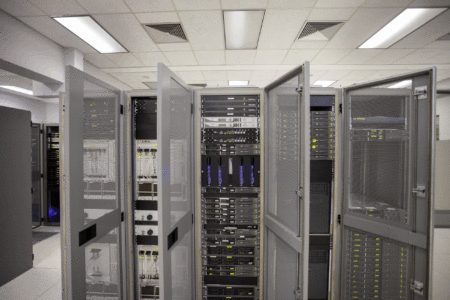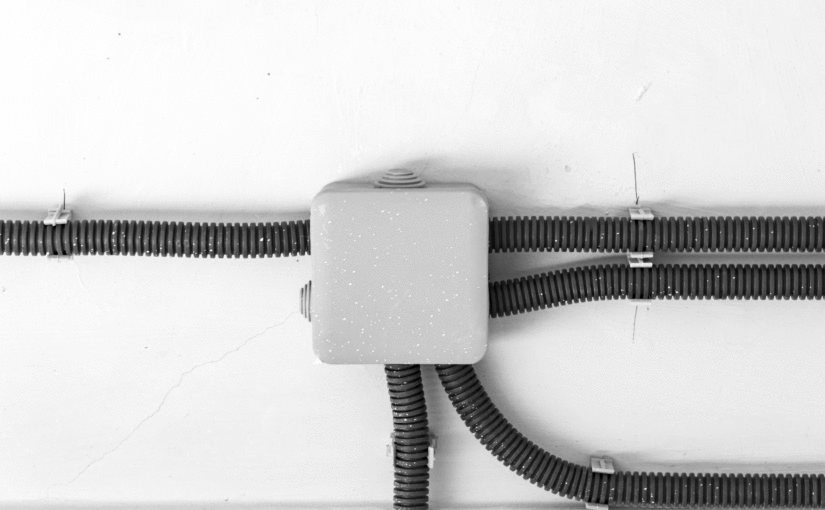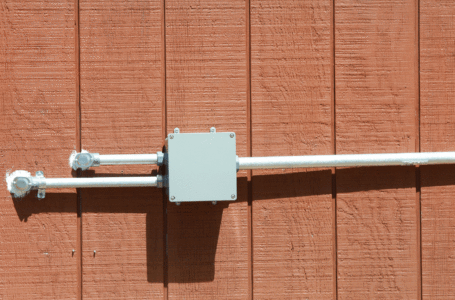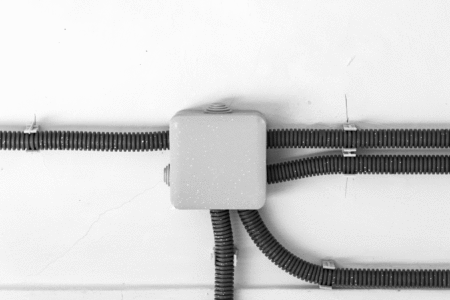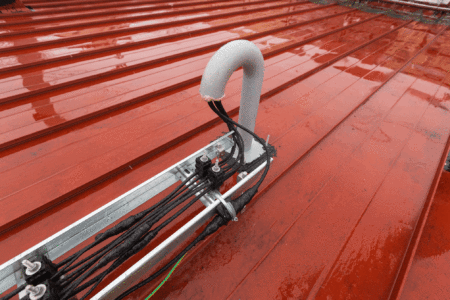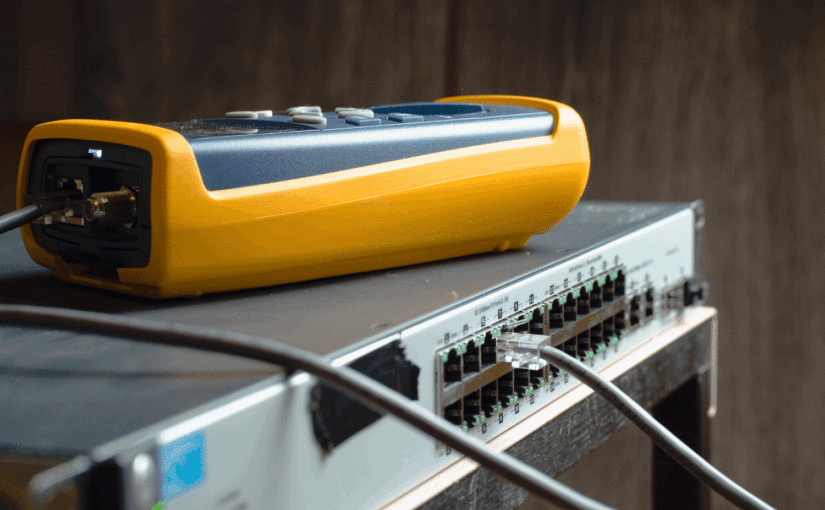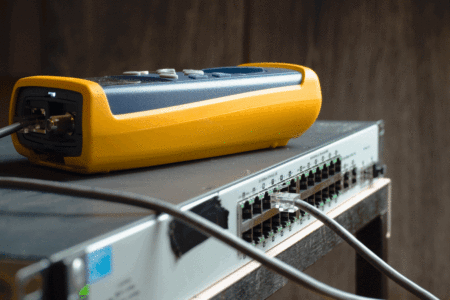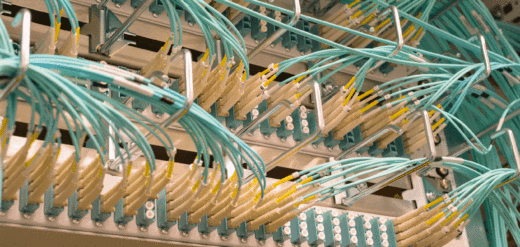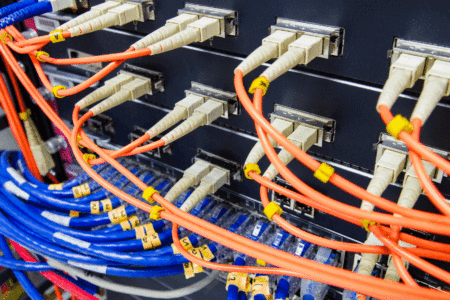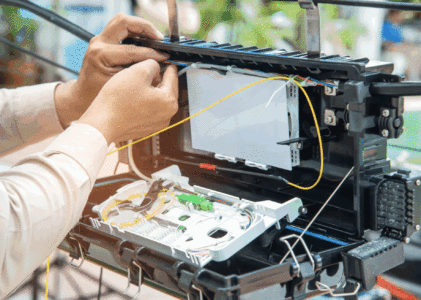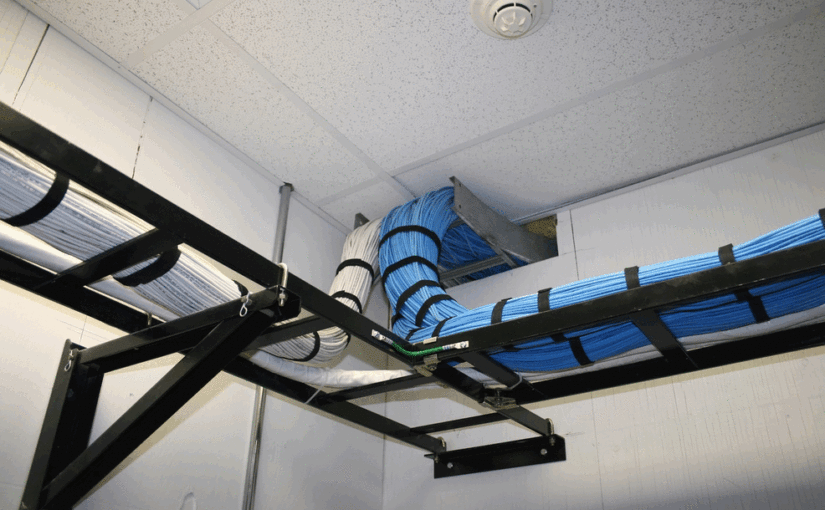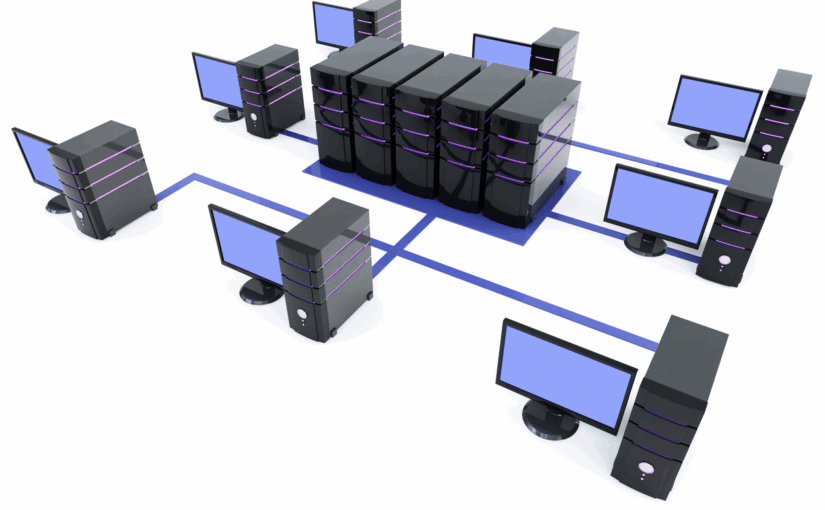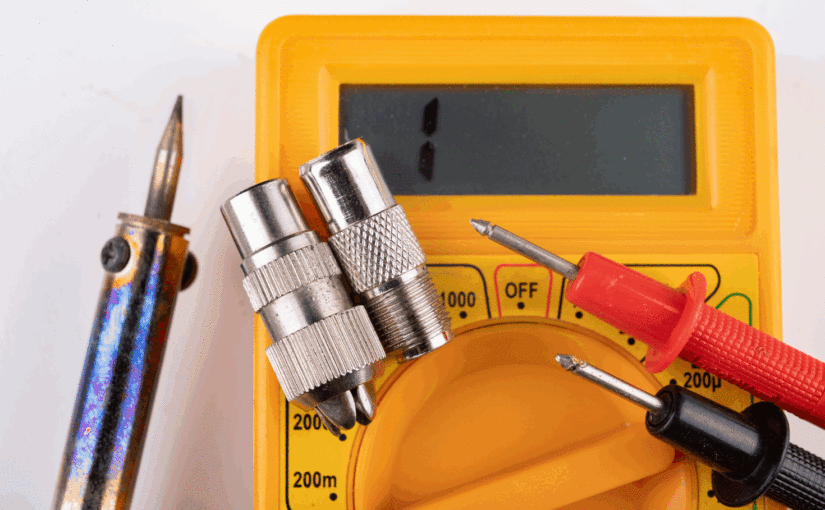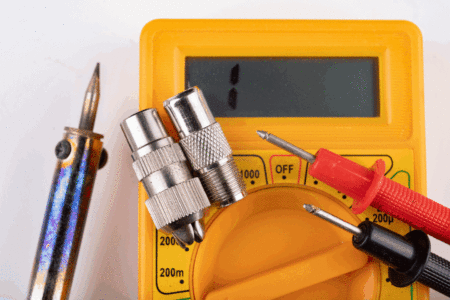Cable length, Types and Other factors Cat-1 This is used for standard telephone (POTS) wiring, or for ISDN. Cat-2 This is form of wiring that was used for 4Mbit/s token ring networks. Cat-3 It was popular for use with 10 Mbps Ethernet networks but has now been superseded. Cat-4 it can be used for networks &hellip ...
Know More
Cable length, Types and Other factors
Cat-1 This is used for standard telephone (POTS) wiring, or for ISDN.
Cat-2 This is form of wiring that was used for 4Mbit/s token ring networks.
Cat-3 It was popular for use with 10 Mbps Ethernet networks but has now been superseded.
Cat-4 it can be used for networks carrying frequencies up to 20 MHz. It was often used on 16Mbps token ring networks.
Cat-5 This is the network cable that allow data at 100 Mbps and slightly more Cat 5 cable is now obsolete and therefore it is not recommended for new installations.
Cat-5e It has a slightly higher frequency specification that Cat-5 cable as the performance extends up to 125 Mbps.
Cat-6 have an outer foil or braided shielding. , helps to prevent crosstalk and noise interference. Cat-6 cables can technically support speeds up to 10 Gbps, but can only do so for up to 55 metres
Cat-6a The Cat 6a cables are able to support twice the maximum bandwidth, Cat 6a cables utilise shielded which is sufficient to all but eliminate crosstalk. However this makes them less flexible than Cat 6 cable.
Cat-7 It comprises four individually shielded pairs inside an overall shield. It is aimed at applications where transmission of frequencies up to 600 Mbps is required.
Cat-8 These cables are still in development, but will be released in the foreseeable future to provide further improvements in speed and general performance.

